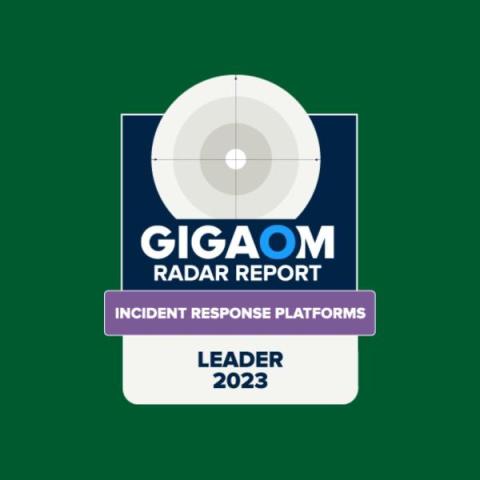Operations | Monitoring | ITSM | DevOps | Cloud
Incident Management
The latest News and Information on Incident Management, On-Call, Incident Response and related technologies.
How to improve your IT alert management: Understanding best practices
As an IT leader, you’re under significant pressure to control the constant alerts. Somehow, you must manage non-stop IT alerts while also ensuring ultra-high service availability. The task is far from easy, and even the most sophisticated teams struggle to keep up and turn alerts into action with tech stacks that are constantly growing in size and complexity. IT alert management is the first line of defense.
Your guide to better incident status pages
Your status page (or lack thereof) has the opportunity to signal a lot about your brand — how transparent you are, how quickly you respond to incidents, how you communicate with your customers — and ultimately, this all seriously impacts your reliability. After all, as our CEO Robert put it in a recent interview on the SRE Path podcast, you don’t get to decide your reliability; your customers do.
What is Incident Management? Unpacking the Complexity
In the increasingly digital world, tech-savvy professionals strive to maintain reliable and efficient operations that ensure customer satisfaction and uphold trust. Incident Management is an essential component in achieving those goals. This article delves into the complexities of Incident Management, highlighting essential tools and processes that contribute to effective response and resolution strategies.
What is ServiceNow change management - and how does AIOps optimize it?
Effective IT change management is essential for maintaining smooth operations in today’s fast-paced, agile IT environment. Given that 85%, or the vast majority, of incident-impacting alerts result from changes, optimizing your change management means improving your incident management and ensuring critical system reliability. So whether your organization uses ServiceNow for change management or is considering using ServiceNow, we’ll walk you through everything you need to know.
PagerDuty Named a Leader in GigaOm's Inaugural 2023 Incident Response Platforms Radar Evaluation
In a world where organizations of all industries increasingly rely on digital innovation and experiences to create differentiation in the market, it has never been more critical to ensure the integrity of their operations are safeguarded against unforeseen outages and incidents. Operational disruptions today can have a major impact on brand reputation, create negative revenue implications and impact customer loyalty.











